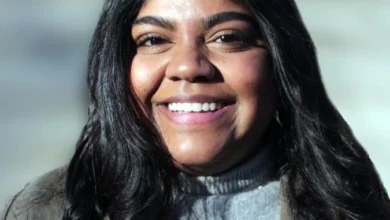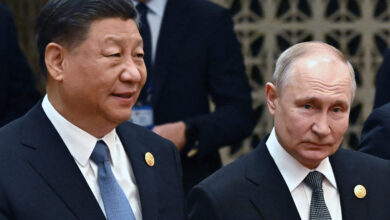UN Secretary-General appoints Indian tech experts to new AI Advisory Body
UN Secretary-General Antonio Guterres Announces Multistakeholder Team to Govern AI, Foster Sustainable Development, and Ensure Inclusive Global Collaboration

The UN Secretary-General, Antonio Guterres, has introduced a High-Level Multistakeholder Advisory Body on Artificial Intelligence to guide the international community in managing AI. This advisory body comprises experts from various sectors such as government, private industry, academia, and civil society. Its primary goals are to create a global consensus on AI’s risks and challenges, use AI to support Sustainable Development Goals, and enhance international collaboration on AI governance.
Among the prominent members of this advisory body are Amandeep Singh Gill, who serves as the Secretary-General’s Envoy on Technology. Before this role, he was the CEO of the International Digital Health and Artificial Intelligence Research Collaborative (I-DAIR). He also previously led the United Nations Secretary-General’s High-Level Panel on Digital Cooperation.
Sharad Sharma, the co-founder of the iSPIRT Foundation, is also part of the advisory body. He has played a crucial role in the development of digital public goods like India Stack and Health Stack. He is recognized as an active angel investor and a key figure in India’s startup ecosystem.
Nazneen Rajani, the Lead Researcher at Hugging Face, is another distinguished member of the advisory body. She specializes in AI Safety and Alignment and has extensive experience in Large Language Models (LLMs). Her research in Natural Language Processing (NLP) has earned her numerous publications and media attention.
Secretary of State for Digitalization:
The advisory body also includes Vilas Dhar, President of the Patrick J. McGovern Foundation; Ian Bremmer, President and Founder of Eurasia Group; Estela Aranha, Special Advisor to the Minister of Justice and Public Security in Brazil; Carme Artigas, Secretary of State for Digitalization and Artificial Intelligence in Spain; Ran Balicer, Chief Innovation Officer and Deputy Director General at Clalit Health Services in Israel; Anna Christmann, Aerospace Coordinator of the German Federal Government; Natasha Crampton, Chief Responsible AI Officer at Microsoft; and Arisa Ema, an Associate Professor at the University of Tokyo.
Antonio Guterres emphasized the enormous potential of AI to benefit humanity. AI can be a catalyst for addressing crises, delivering public services, and enhancing the work of governments, civil society, and the United Nations. It can also empower developing economies by leapfrogging outdated technologies.
Guterres stressed that AI must be harnessed responsibly and made accessible to all, especially in developing countries. Currently, AI expertise is concentrated in a few companies and nations, leading to global inequalities and digital divides. He expressed concerns about AI’s potential harms, including misinformation, bias, surveillance, fraud, and violations of human rights. The misuse of AI could erode trust in institutions, weaken social cohesion, and threaten democracy.
To address these challenges, Guterres called for a global, multidisciplinary, multistakeholder conversation on AI governance. The new Advisory Body is a vital step in this direction. It will work to maximize AI’s benefits for all of humanity while minimizing the associated risks.
The formation of the AI Advisory Body is a significant milestone in the United Nations’ efforts to tackle AI governance issues. This initiative will promote inclusivity and leverage the UN’s convening power as a universal forum for addressing critical challenges. The body aims to bridge various AI governance initiatives and provide preliminary recommendations by the end of 2023, with final recommendations in the summer of 2024, in preparation for the Summit of the Future.
You might also be intersted in – Tech companies in Israel eyeing India and other locations to relocate, if war persists



